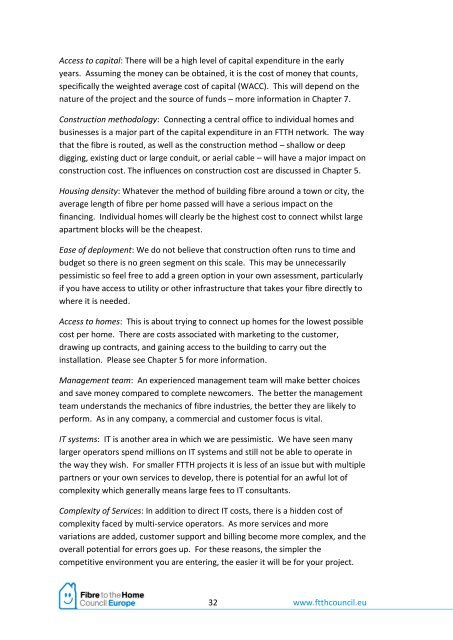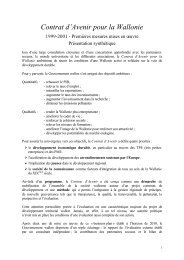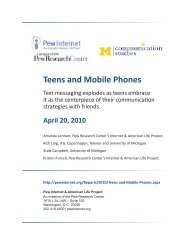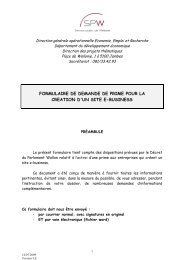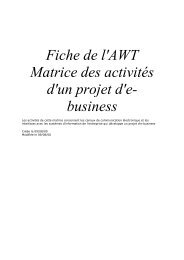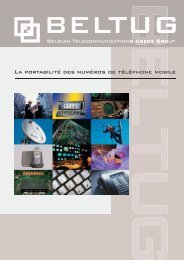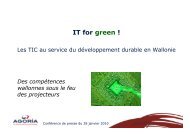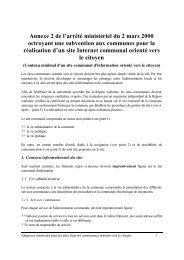Create successful ePaper yourself
Turn your PDF publications into a flip-book with our unique Google optimized e-Paper software.
Access to capital: There will <strong>be</strong> a high level of capital expenditure in the early<br />
years. Assuming the money can <strong>be</strong> obtained, it is the cost of money that counts,<br />
specifically the weighted average cost of capital (WACC). This will depend on the<br />
nature of the project and the source of funds – more information in Chapter 7.<br />
Construction methodology: Connecting a central office to individual homes and<br />
businesses is a major part of the capital expenditure in an <strong>FTTH</strong> network. The way<br />
that the fibre is routed, as well as the construction method – shallow or deep<br />
digging, existing duct or large conduit, or aerial cable – will have a major impact on<br />
construction cost. The influences on construction cost are discussed in Chapter 5.<br />
Housing density: Whatever the method of building fibre around a town or city, the<br />
average length of fibre per home passed will have a serious impact on the<br />
financing. Individual homes will clearly <strong>be</strong> the highest cost to connect whilst large<br />
apartment blocks will <strong>be</strong> the cheapest.<br />
Ease of deployment: We do not <strong>be</strong>lieve that construction often runs to time and<br />
budget so there is no green segment on this scale. This may <strong>be</strong> unnecessarily<br />
pessimistic so feel free to add a green option in your own assessment, particularly<br />
if you have access to utility or other infrastructure that takes your fibre directly to<br />
where it is needed.<br />
Access to homes: This is about trying to connect up homes for the lowest possible<br />
cost per home. There are costs associated with marketing to the customer,<br />
drawing up contracts, and gaining access to the building to carry out the<br />
installation. Please see Chapter 5 for more information.<br />
Management team: An experienced management team will make <strong>be</strong>tter choices<br />
and save money compared to complete newcomers. The <strong>be</strong>tter the management<br />
team understands the mechanics of fibre industries, the <strong>be</strong>tter they are likely to<br />
perform. As in any company, a commercial and customer focus is vital.<br />
IT systems: IT is another area in which we are pessimistic. We have seen many<br />
larger operators spend millions on IT systems and still not <strong>be</strong> able to operate in<br />
the way they wish. For smaller <strong>FTTH</strong> projects it is less of an issue but with multiple<br />
partners or your own services to develop, there is potential for an awful lot of<br />
complexity which generally means large fees to IT consultants.<br />
Complexity of Services: In addition to direct IT costs, there is a hidden cost of<br />
complexity faced by multi-service operators. As more services and more<br />
variations are added, customer support and billing <strong>be</strong>come more complex, and the<br />
overall potential for errors goes up. For these reasons, the simpler the<br />
competitive environment you are entering, the easier it will <strong>be</strong> for your project.<br />
32 www.ftthcouncil.eu


